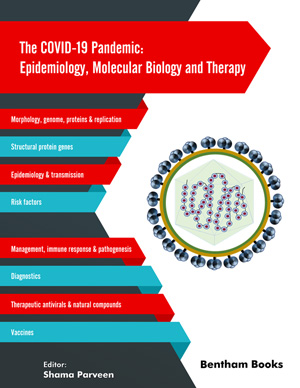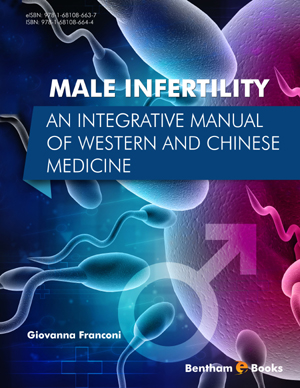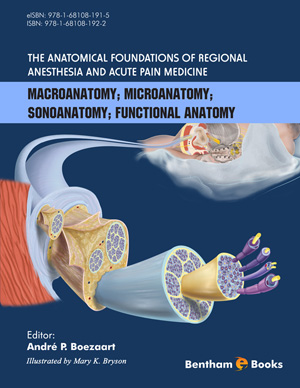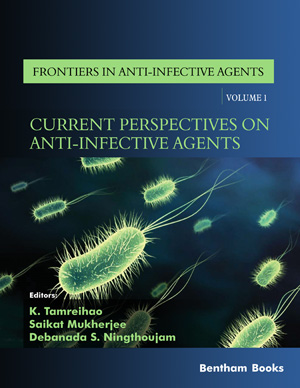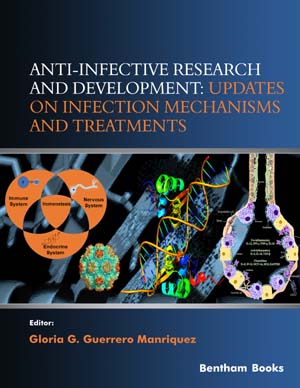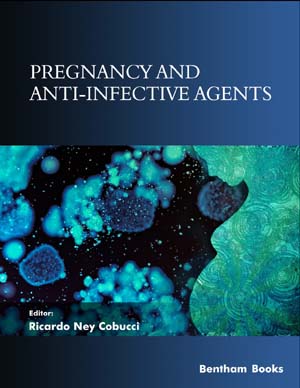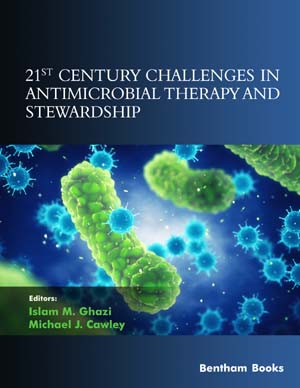Abstract
Severe acute respiratory syndrome coronavirus 2 (SARS-CoV-2) is the causative agent of the global pandemic of Coronavirus Disease 2019 (COVID-19). More than 24.8 million global cases and 0.84 million deaths have been reported until the 31st August 2020. SARS-CoV-2 is like other human coronaviruses i.e. SARS and Middle East respiratory syndrome (MERS) but its transmission rate is much higher, biology is more complicated, and mechanism of action is still elusive. Certain individuals like elderly, males, people with type A blood group and persons with comorbidities (diabetes, hypertension, obesity, etc.) are susceptible to severe infection. One of the major concerns is that the asymptomatic individuals and persons in incubation period may also transmit the pathogen. Treatment of the affected individuals is symptomatic in the absence of antiviral drugs or vaccines. Collaborative clinical, epidemiological, molecular and immunological investigations are needed at warfooting across the globe to identify the evolutionary trajectories, mutational load, host immune response, therapeutics and vaccines against this pathogen. Pandemic has drastically affected the social life, economy, travel and transportation, educational systems, aviation, to name a few. However, it has a positive impact on the environment, wildlife, water bodies and forests. This warrants us to get ready to face aftermath scenario of this pandemic and rebuild the system. This by no means would be a simple task as it involves large scale resource mobilization, unprecedented development of sagging economy and infrastructures, rebooting the society, nations and the world after the default control-alt –delete mode of the pandemic.
Keywords: Clinical symptoms, COVID-19, Diagnosis, Epidemiology, Genome, Management, Natural compounds, Risk factors, SARS-CoV-2, Socio-economicenvironmental effects, Therapeutics, Vaccines.


